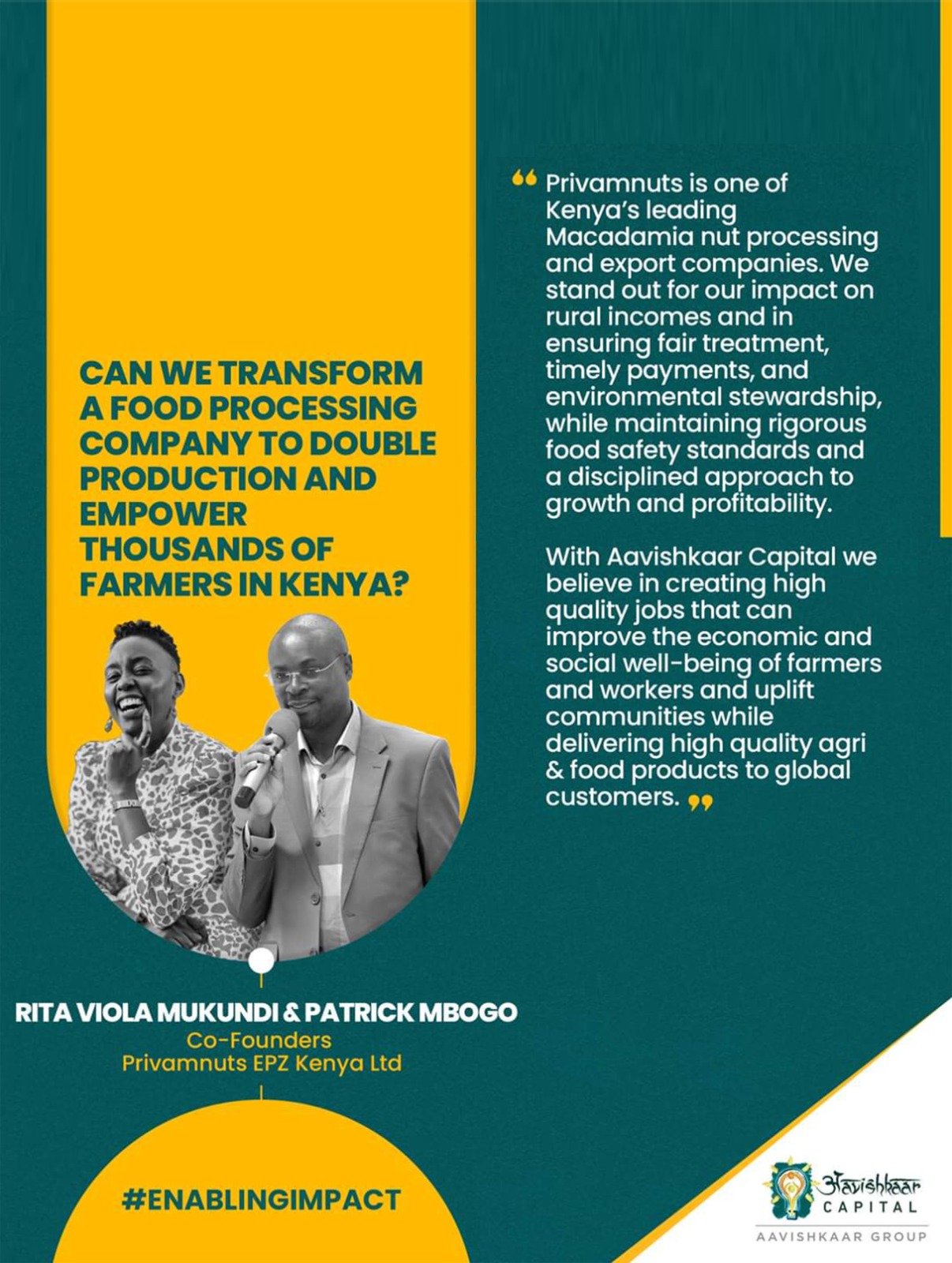
The Association of Kenya Insurers has released the 2022 insurance industry market report.The report is developed using the audited accounts from insurance companies and it covers the period 1 January to 30 December 2022.The report also provides a five-year performance trend analysis. The AKI Market report provides insights and emerging issues from a global, continental, and regional perspective.
- Key highlights from the report include the areas below.
Gross Written Premium
The Gross Written premium for the period grew by 13.5 per cent to stand at KES312 Billion compared to KES275 Billion in 2021. Non-Life or General Insurance contributed 55 per cent of the total gross premium while Life Insurance contributed 45 per cent of the GWP.
Total Customer Claims paid out
The Insurance industry paid out KES152.23 billion in claims to customers representing 48.7 per cent of gross written premium for the year 2022. This is a 4.33 percent increase compared to a payout of KES144.3 billion in 2021.
Motor insurance paid out the highest claims at KES 37.6 billion followed by medical insurance at KES 32.4 billion. Life insurance claims and benefits paid out to customers stood at KES76 billion.
Insurance Penetration
Insurance penetration for the year 2022 grew marginally to 2.33 per cent compared to 2.29 per cent in 2021.
Contrary to common belief, Insurance penetration does not represent the number of people insured; rather it represents the contribution of insurance to the economy expressed as a per centage.
Insurance Industry Tax contribution
The Insurance Industry contributed KES 5.54 billion in corporate taxes to the Government in the year 2022 compared to KES 3.27 billion in 2021, representing a 41 per cent growth.
Life Insurance Business performance
Life Insurance recorded Gross Written Premium of KES141.32Bllion compared to KES 124.69Billion in 2021, representing a 13.34per cent growth.Pension Administration dominated the Life Insurance business with 41.95per cent share in gross premiums, this was followed by ordinary life at 27.56per cent.The annuities business stood at 2.01per cent share of premiums. In previous reports, this class was reported as part of the Group life business. business.
Insurance intermediaries – agents, brokers, bancassurance agents- continue to play a critical role in distributing life insurance products to Kenyans and they account for an average of 80 per cent of life insurance business.
Non-Life Insurance Business Performance
Non-Life or General Insurance business recorded Gross Written Premium of KES170.82 billion. Motor insurance (both commercial and private) and medical insurance contributed 64.45 per cent of the Gross written premium while the remaining nine classes contributed the balance of 35.55 per cent.
Insurance for work related injuries (WIBA) recorded the highest profit at KES 2.2 billion followed by Theft at KES 670 million.
While Motor and medical insurance form the lion’s share of gross written premium, they also are the biggest loss-making businesses in non-life insurance.

Gross premium for Motor (private) Insurance grew by 4.86 per cent but it also recorded the highest loss of KES 4.0 billion an improvement from a loss of KES 5.9billion in 2021.Motor (commercial) insurance gross premium grew by 2.48 per cent but made a KES 2.97 billion loss compared to KES 2.99Billion in 2021.Medical insurance gross written premium grew by 15.22 per cent but the business recorded a KES 885 million loss.
Despite the growth in business income, high management expenses and fraud continue to chip away at the profits in motor insurance, while medical insurance is plagued by fraud and high cost of healthcare.
Agriculture Insurance gross written premium declined by 33 per cent to KES 518.83Million in 2022 compared to KES 776.83 million in 2021. The two sub classes had differing performance; while crop insurance grew by 1.6 per cent to record KES359.5million, Livestock insurance declined by 62.3 percent to record KES 159.34 million.
As the Government pursues measures to ensure food security for the Kenyan population, agriculture insurance should form a key part of the initiatives.Agriculture insurance serves as a vital instrument for risk management, offering protection to both small and large-scale farmers against losses triggered by unfavourable weather conditions.
This guarantees that farmers maintain their income and can sustain their farming operations, even in the event of crop failures or livestock losses. Given the erratic weather patterns resulting from climate change, agriculture insurance also forms a climate risk mitigation measure that calls for multisectoral collaboration especially between the insurance providers, the government and development partners.
The full report is available on the AKI Website https://shorturl.at/fgU13











